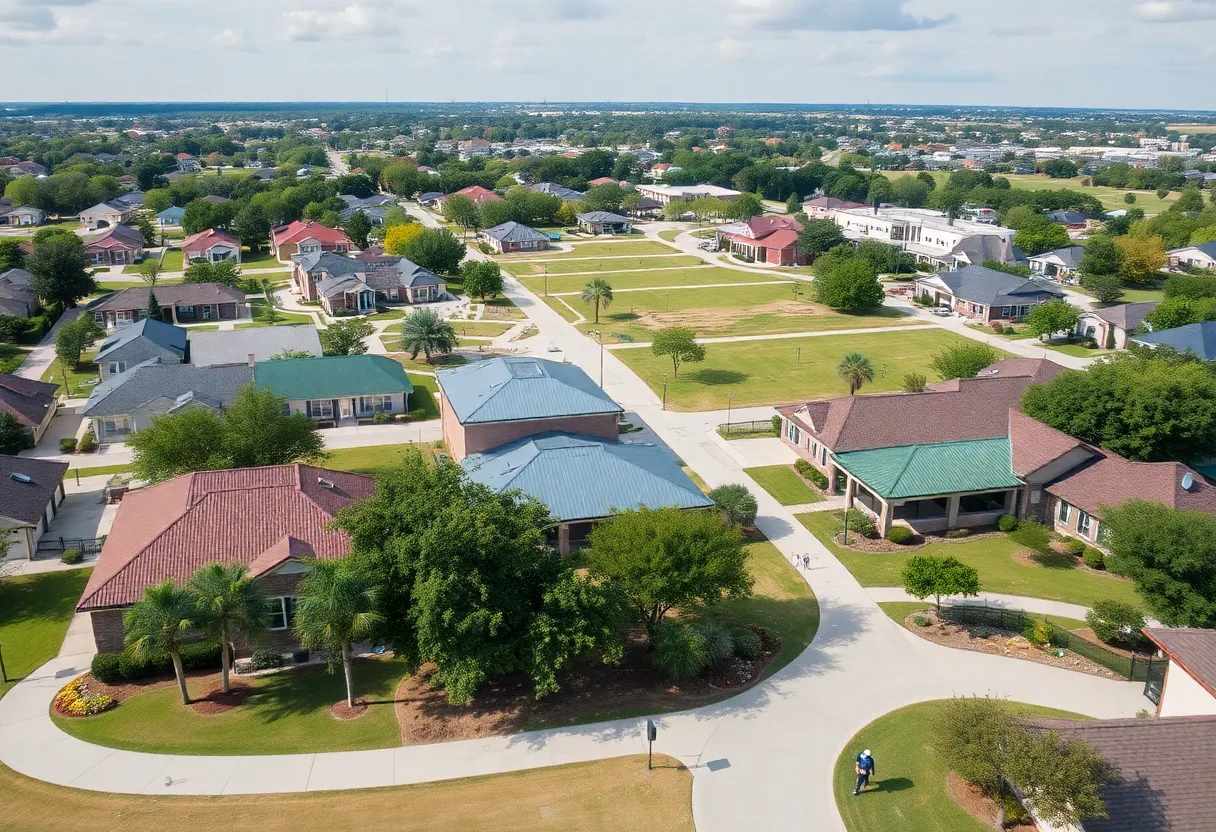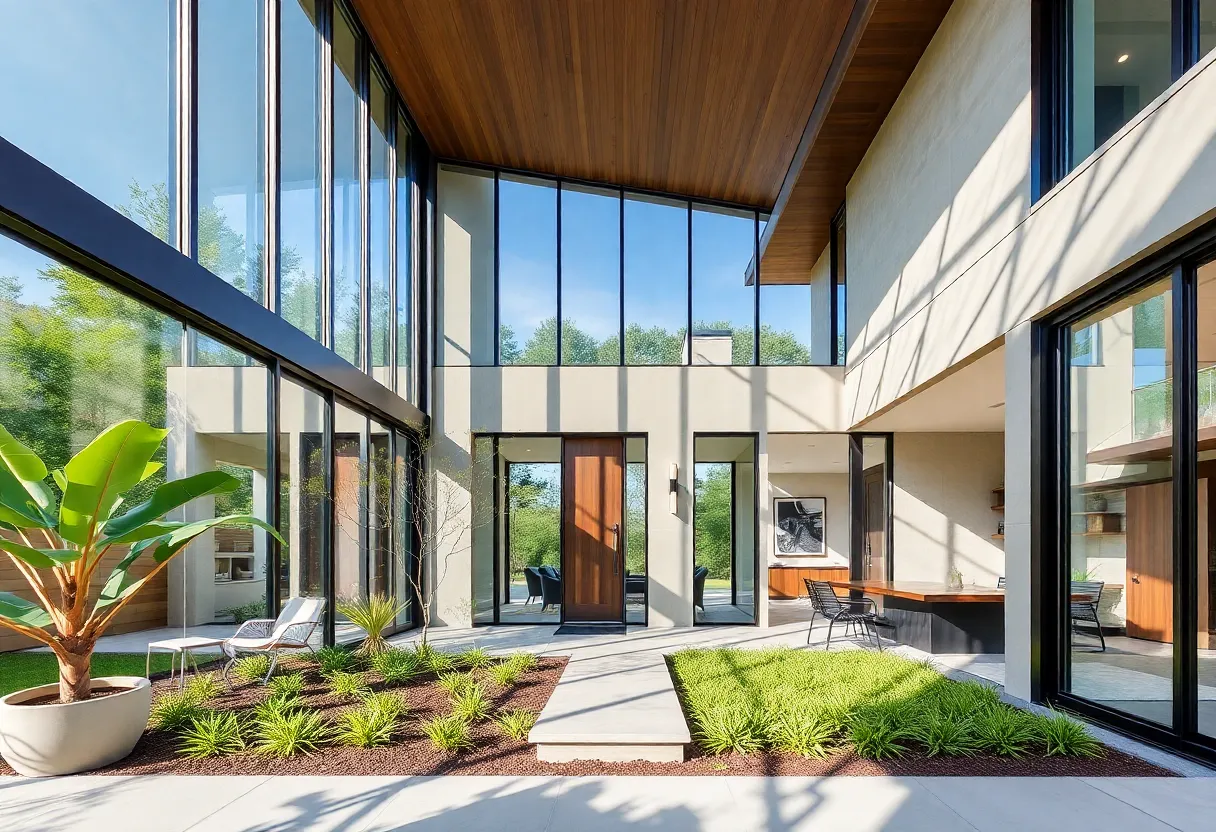How to Leverage Neighborhood Amenities to Boost Your Home Buying Experience
Introduction
When considering a home purchase, the property’s physical features are undeniably important. However, *equally critical* is the surrounding neighborhood environment. The availability, accessibility, and quality of local amenities can *profoundly* influence your daily quality of life, long-term property value, and overall satisfaction with your new home.
This guide aims to provide a comprehensive understanding of how to effectively assess and leverage neighborhood amenities to make *more informed, strategic* home-buying decisions. Recognizing the vital role of community facilities ensures that your investment aligns with both your immediate needs and future aspirations.
Understanding the Impact of Neighborhood Amenities
Neighborhood amenities encompass facilities and services that support and enrich community living. These amenities do more than add convenience—they shape lifestyle quality and have a measurable effect on property appreciation.
Proximity to amenities influences commuting times, health, and social engagement. Well-developed neighborhoods tend to retain or increase property values, making amenities a strategic factor in real estate investment.
Key benefits of leveraging neighborhood amenities include:
– Enhanced daily convenience
– Elevated quality of life
– Stronger community bonds
– Potential for higher property appreciation rate
Understanding these impacts assists homebuyers in selecting neighborhoods aligned with their lifestyle priorities and investment goals.
Key Neighborhood Amenities to Consider
1. Proximity to Essential Services
The availability of essential services such as grocery stores, pharmacies, banks, and healthcare facilities directly influences daily routines. Living near a hospital or clinic ensures prompt access to medical care, reducing stress and delays during emergencies.
Residence near essential services minimizes time investment and enhances convenience, important for families, seniors, and busy professionals.
2. Quality of Educational Institutions
For families, excellent schools significantly influence neighborhood desirability. *Researching* school ratings and program quality provides insight into educational quality and future property value stability.
High-performing schools tend to attract and retain residents, often resulting in long-term appreciation of property values. Therefore, considering the quality and accessibility of local schools is a crucial step.
3. Access to Public Transportation
Efficient public transit options such as buses, trains, or subways promote connectivity and reduce commuting burdens. Evaluate transit schedules, routes, and coverage to determine how well the neighborhood caters to commuters.
Proximity to transit increases marketability for future buyers and can contribute to higher resale values. It is especially advantageous in urban or suburban settings where car ownership may not be preferable.
4. Availability of Parks and Recreational Facilities
Presence of parks, green spaces, walking trails, and sports facilities enhances lifestyle balance. These amenities support exercise, relaxation, and social activities—factors that boost overall well-being.
Assessing local parks and recreational centers helps determine whether the neighborhood fosters active living and community engagement.
5. Safety and Security
The safety profile of a neighborhood is *non-negotiable*. Explore crime rates, consult law enforcement agencies, and discuss with local residents to gauge security levels.
Neighborhoods with active security programs, adequate lighting, and low crime statistics *significantly* contribute to peace of mind and property value retention.
6. Community and Cultural Amenities
Factors such as libraries, theaters, restaurants, cafes, and community centers enrich neighborhood life. These amenities foster social interaction, cultural exposure, and personal enrichment.
Engaging with such facilities can build social networks and create a sense of belonging, elevating lifestyle satisfaction.
7. Future Development Plans
Investigation into future development projects helps assess long-term neighborhood vitality. Planned commercial, residential, or infrastructure projects can bring new amenities or alter neighborhood dynamics.
Understanding upcoming development informs investment stability and potential appreciation. Large-scale projects may enhance or disrupt the current neighborhood character.
Evaluating Neighborhood Amenities
Effective assessment requires systematic research and personal prioritization:
1. Research and Prioritize Your Needs
Begin by listing must-have amenities based on your lifestyle. *For example*, if you have children, prioritize quality schools and parks. If commuting is critical, focus on transit options.
Identify which amenities align most with your day-to-day needs and future plans. This focus sharpens your search and prevents misaligned investments.
2. Visit the Neighborhood at Different Times
Spend time during various periods—daytime, evening, weekends—to observe traffic, noise levels, and community activity.
This behavioral research detects hidden issues like noisy surroundings or poor lighting, which may otherwise be overlooked during standard property visits.
3. Assess Walkability and Accessibility
Use tools or perform personal assessments to determine the walkability score. Is essential services reachable within walking distance?
High walkability enhances lifestyle flexibility, especially for older adults or those preferring car-free living.
4. Consult Local Resources
Tap into real estate agents, community groups, and online forums for local insights. Neighbors’ experiences often reveal real-world nuances about neighborhood dynamics and amenities.
Stay informed about upcoming developments and potential changes that could influence your investment.
5. Consider Long-Term Value
Beyond immediate comfort, evaluate the neighborhood’s growth potential. Will property values likely increase due to new amenities or planned infrastructure improvements?
Aligning your purchase with areas showing signs of sustainable growth can maximize your investment’s return.
Conclusion
Maximizing your home-buying experience depends significantly on leveraging neighborhood amenities. By conducting thorough research, visiting neighborhoods at different times, and assessing amenities against your lifestyle requirements, you can select a community that offers both immediate comfort and long-term value.
A strategic approach to evaluating local facilities ensures your investment supports your lifestyle and financial goals. Prioritize quality, accessibility, safety, and future potential for a fulfilling homeownership journey.
Frequently Asked Questions (FAQ)
What are the most important neighborhood amenities to consider when buying a home?
Critical amenities include proximity to essential services (grocery stores, healthcare, banks), quality educational institutions, public transportation options, parks and recreational facilities, neighborhood safety, community and cultural venues, and awareness of future development plans that could shape the area’s growth.
How can I assess the walkability of a neighborhood?
Evaluate whether essential services are within walking or biking distance, check sidewalks and pedestrian infrastructure, and consider traffic safety. Using tools like walkability scores or personal neighborhood tours can provide clear insights into how friendly the area is for pedestrians.
Why is it important to consider future development plans when evaluating a neighborhood?
Future development can significantly impact property values, traffic flow, and neighborhood atmosphere. Being aware of planned projects helps you anticipate potential benefits or disruptions, ensuring your investment aligns with your long-term goals.
How can I gather information about a neighborhood’s amenities?
Visit the neighborhood during different times, speak with local residents and real estate agents, consult community groups, and utilize online resources and local forums. These methods help build a comprehensive picture of available amenities and neighborhood dynamics.
What role do community and cultural amenities play in the home-buying decision?
Community and cultural amenities increase neighborhood vibrancy, providing social opportunities, cultural enrichment, and better quality of life. They help foster community engagement and can make a neighborhood more attractive to both current residents and future buyers.
Key Neighborhood Amenities & Their Benefits
| Amenity Type | Key Benefits |
|---|---|
| Essential Services | Convenience, time-saving, quicker access to medical care |
| Top Schools | Long-term property stability, attractivity for families |
| Public Transit | Reduced commuting stress, higher resale value |
| Parks & Recreation | Active lifestyle, community bonding, improved well-being |
| Safety & Security | Peace of mind, property protection, community trust |
| Community & Cultural Venues | Enrichment, social engagement, neighborhood vibrancy |
| Future Developments | Growth potential, increased property value, neighborhood dynamism |
Author: STAFF HERE HOUSTON TX WRITER
The HOUSTON STAFF WRITER represents the experienced team at HEREHouston.com, your go-to source for actionable local news and information in Houston, Harris County, and beyond. Specializing in "news you can use," we cover essential topics like product reviews for personal and business needs, local business directories, politics, real estate trends, neighborhood insights, and state news affecting the area—with deep expertise drawn from years of dedicated reporting and strong community input, including local press releases and business updates. We deliver top reporting on high-value events such as Houston Livestock Show and Rodeo, Art Car Parade, and Chevron Houston Marathon. Our coverage extends to key organizations like the Greater Houston Partnership and Houston Area Urban League, plus leading businesses in energy and healthcare that power the local economy such as ExxonMobil, Schlumberger, and Houston Methodist. As part of the broader HERE network, including HEREAustinTX.com, HERECollegeStation.com, HEREDallas.com, and HERESanAntonio.com, we provide comprehensive, credible insights into Texas's dynamic landscape.





